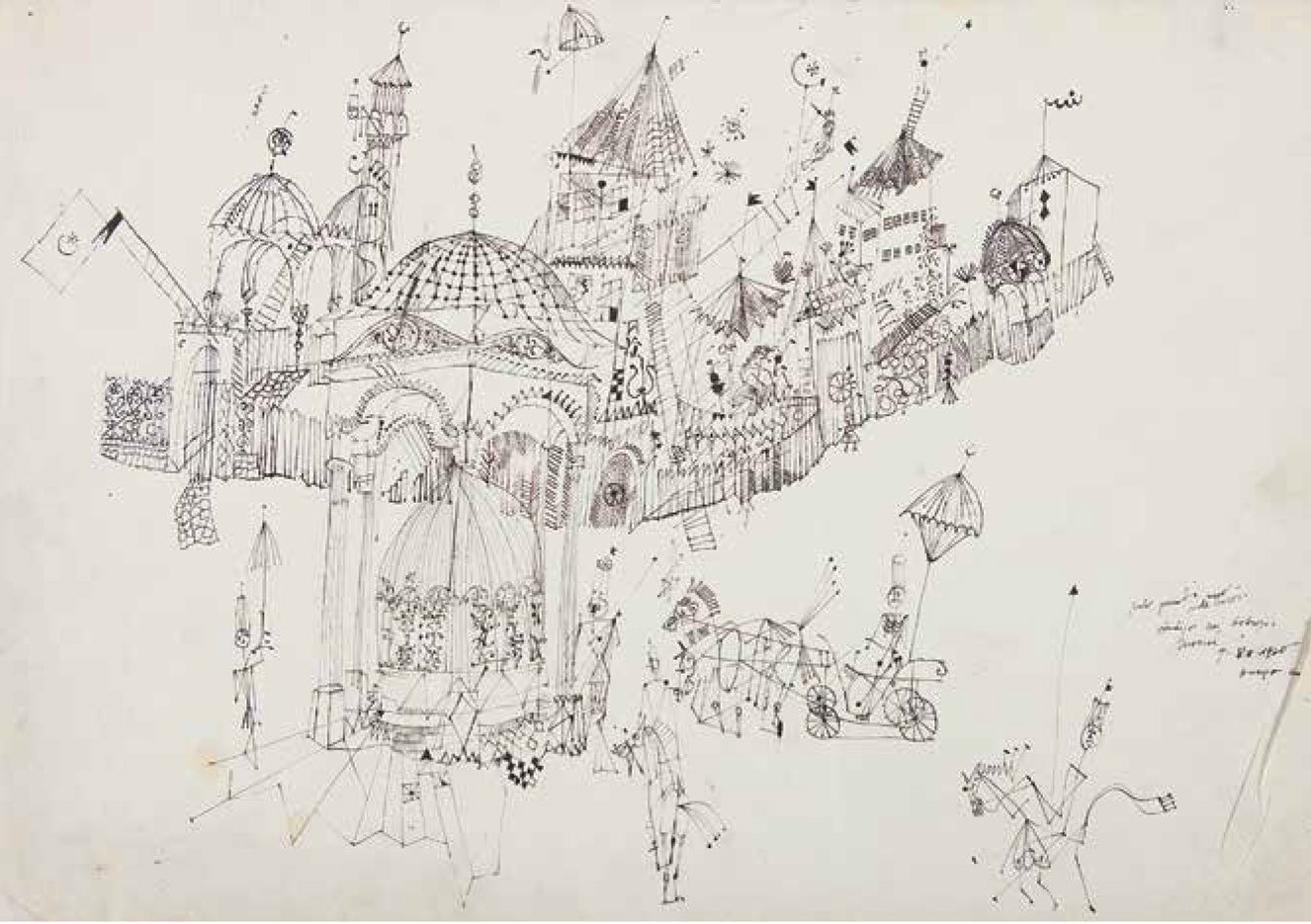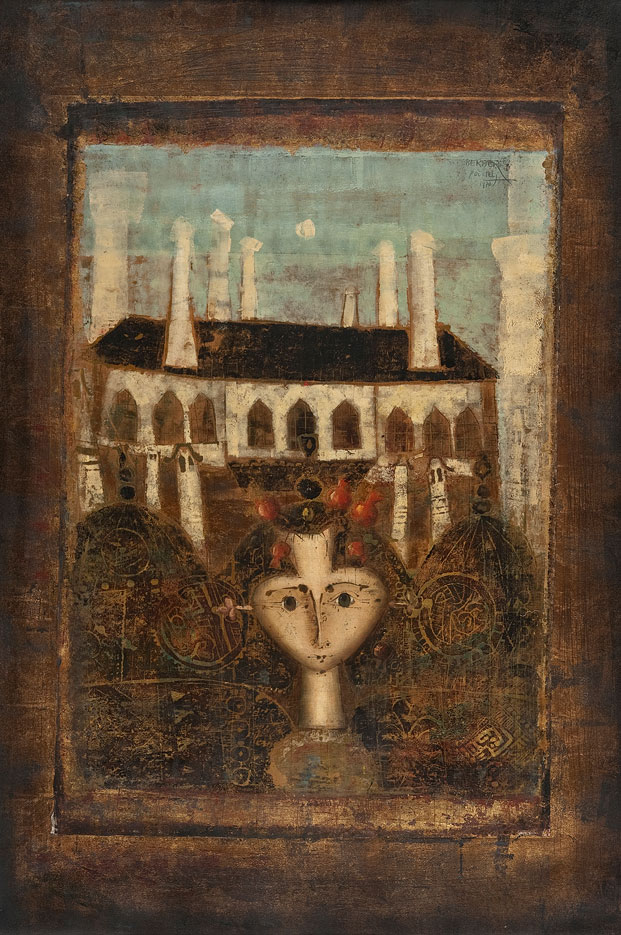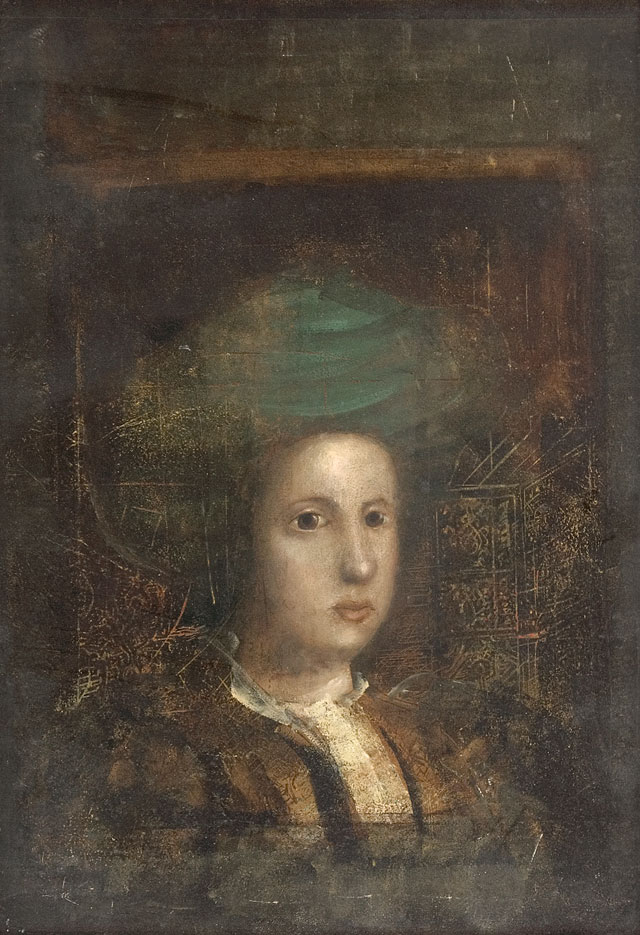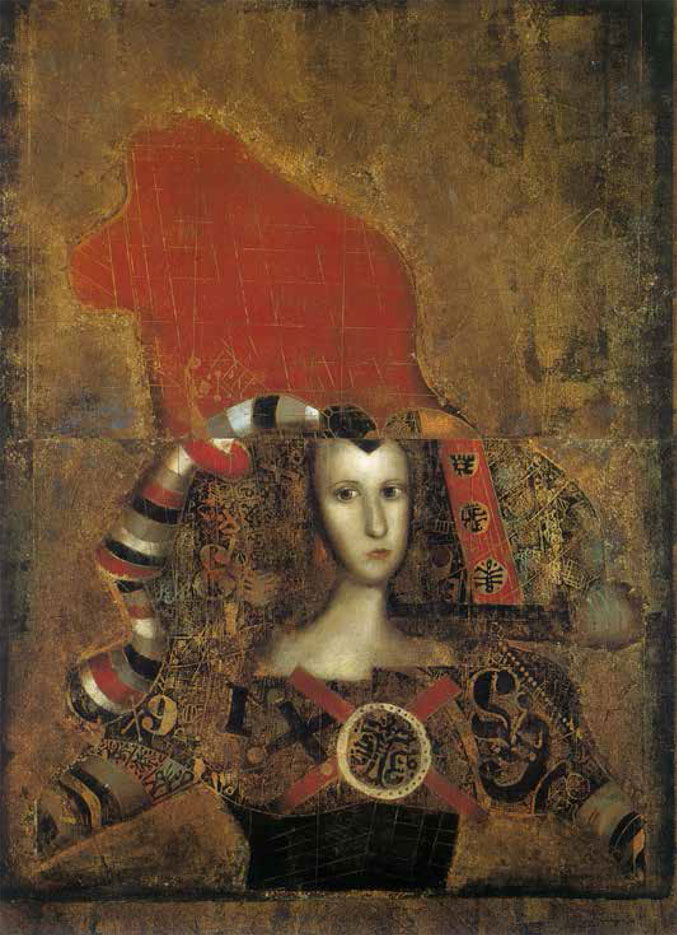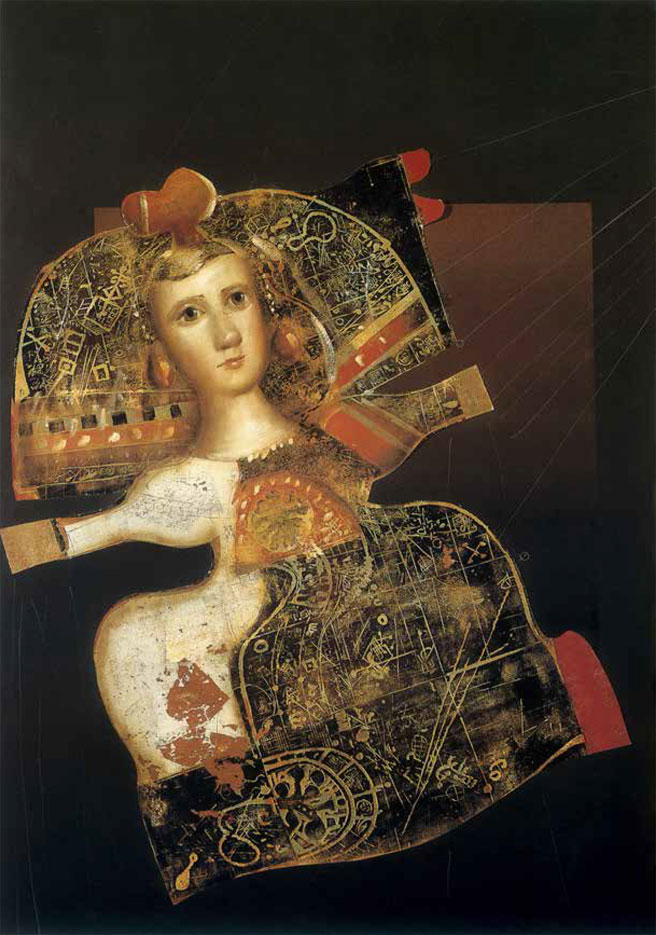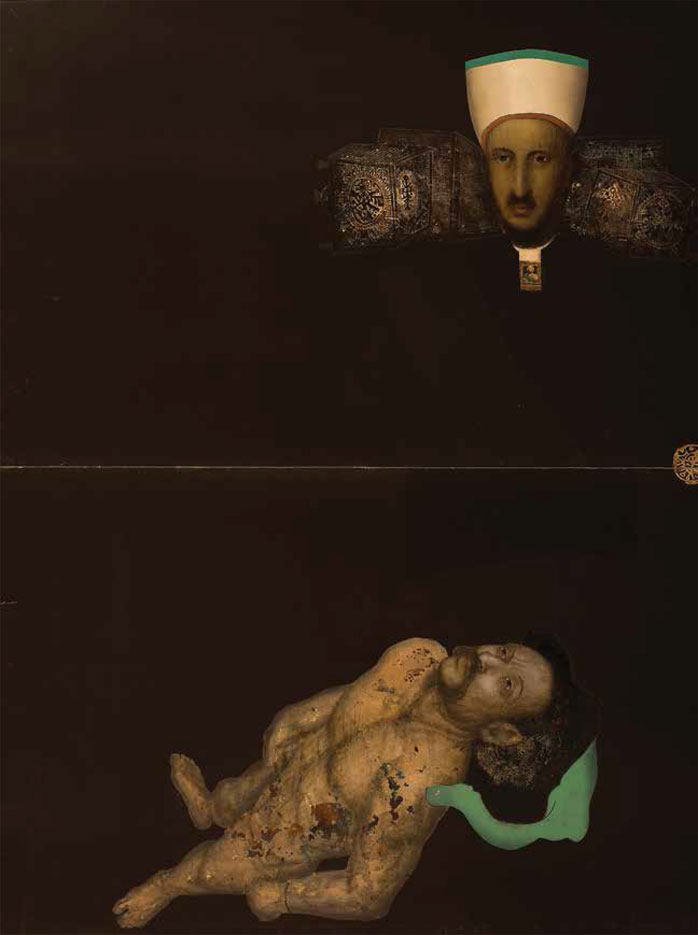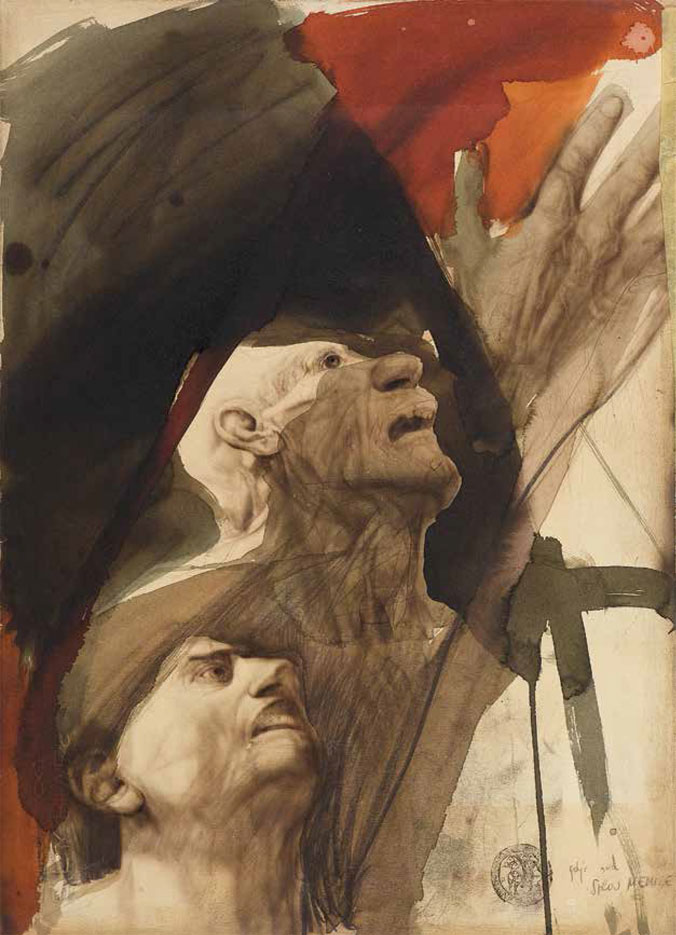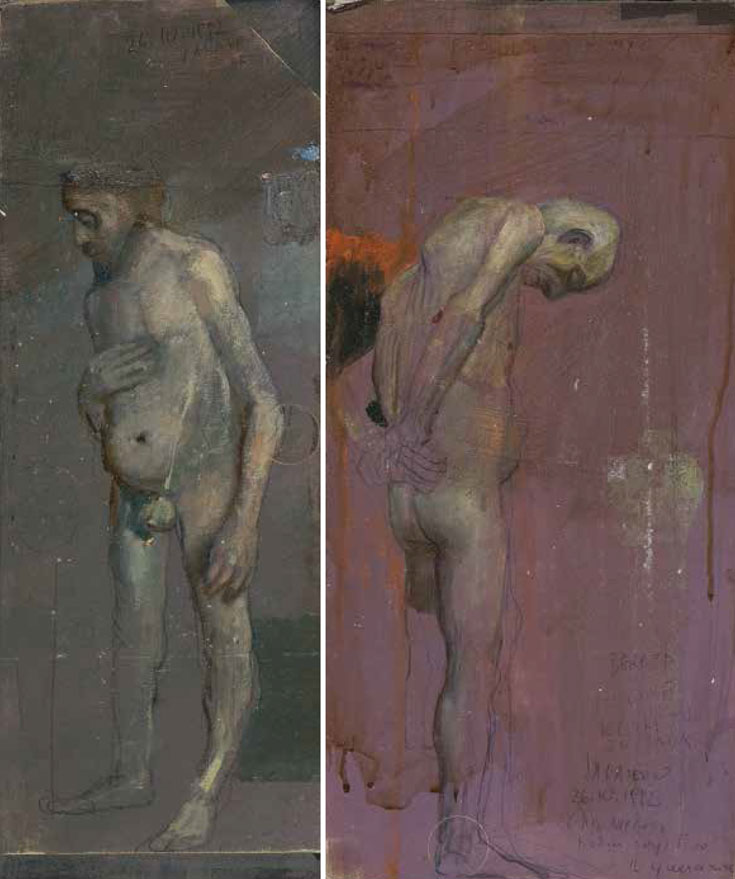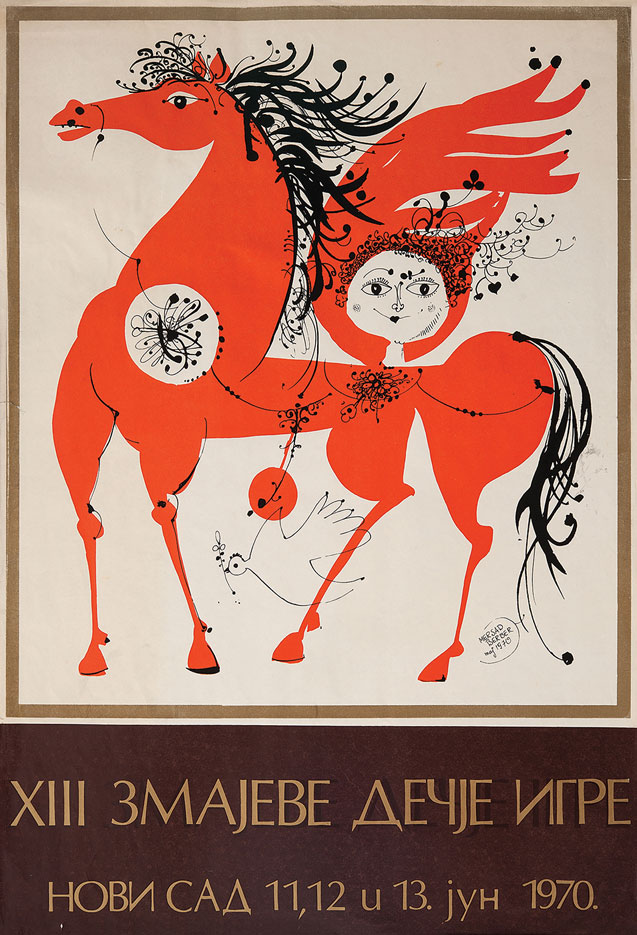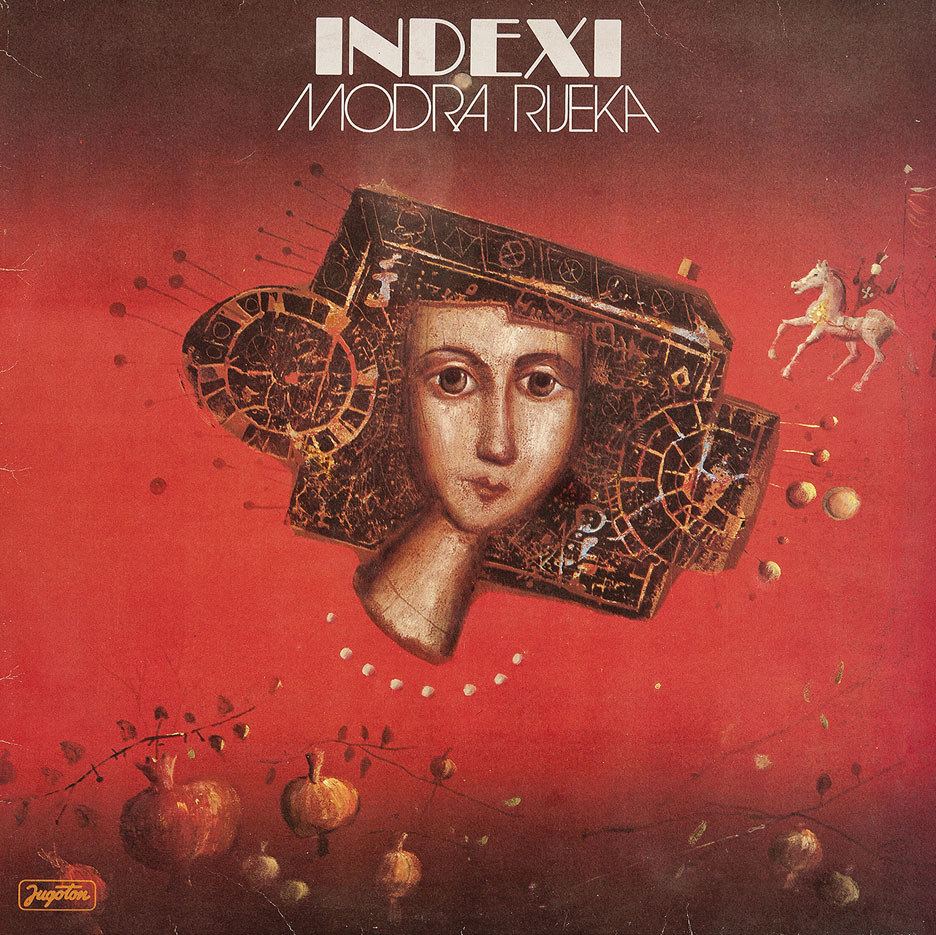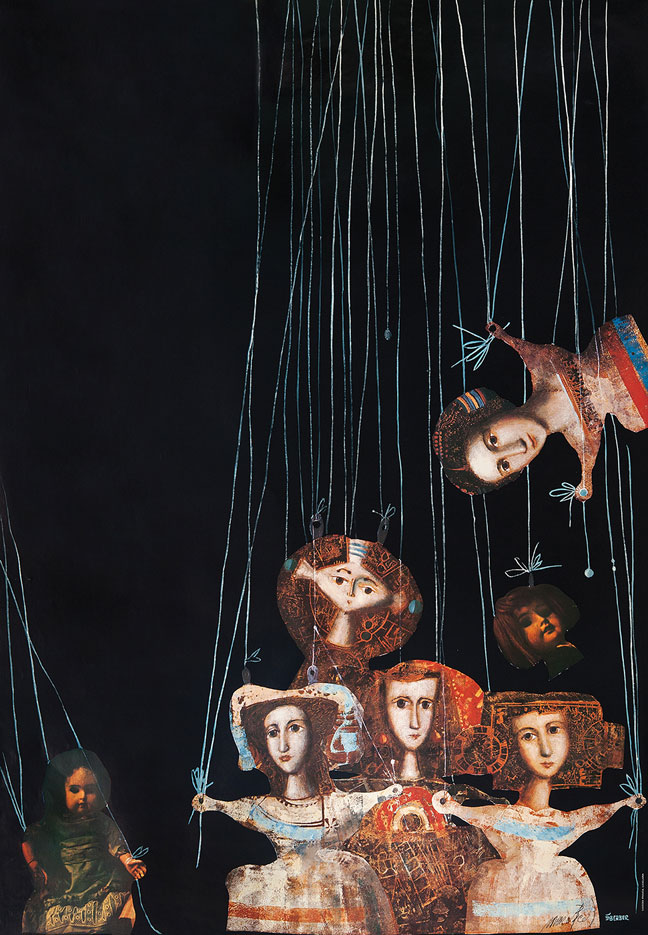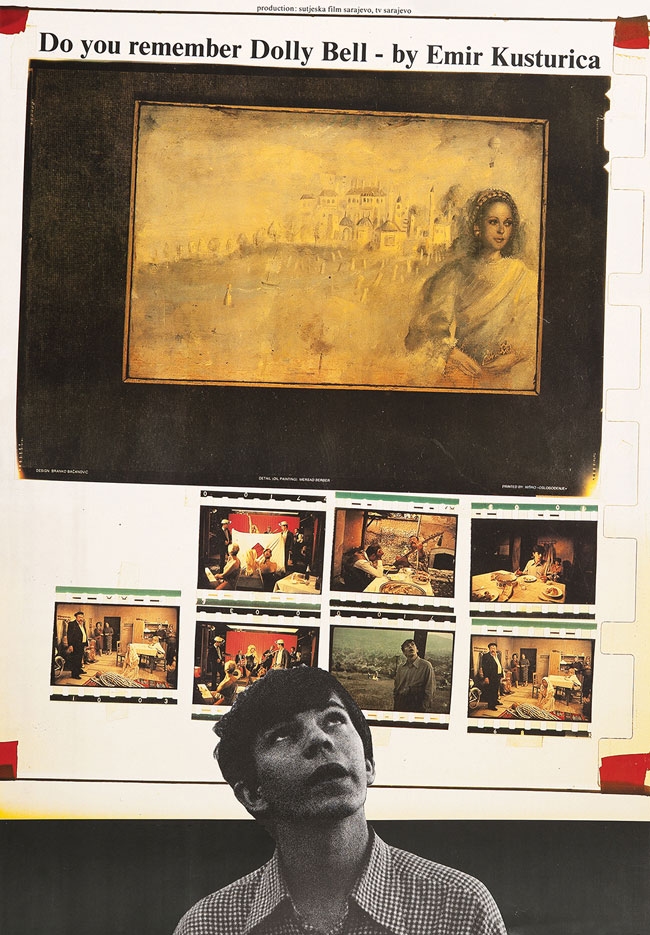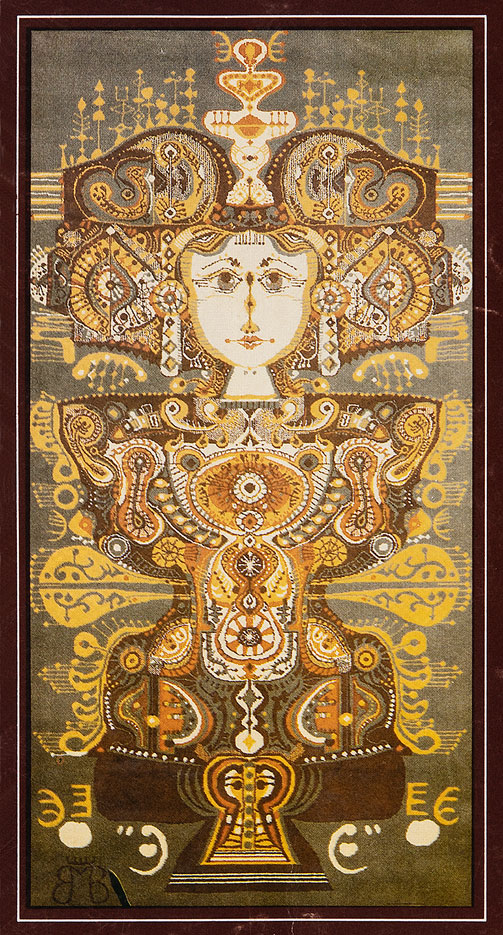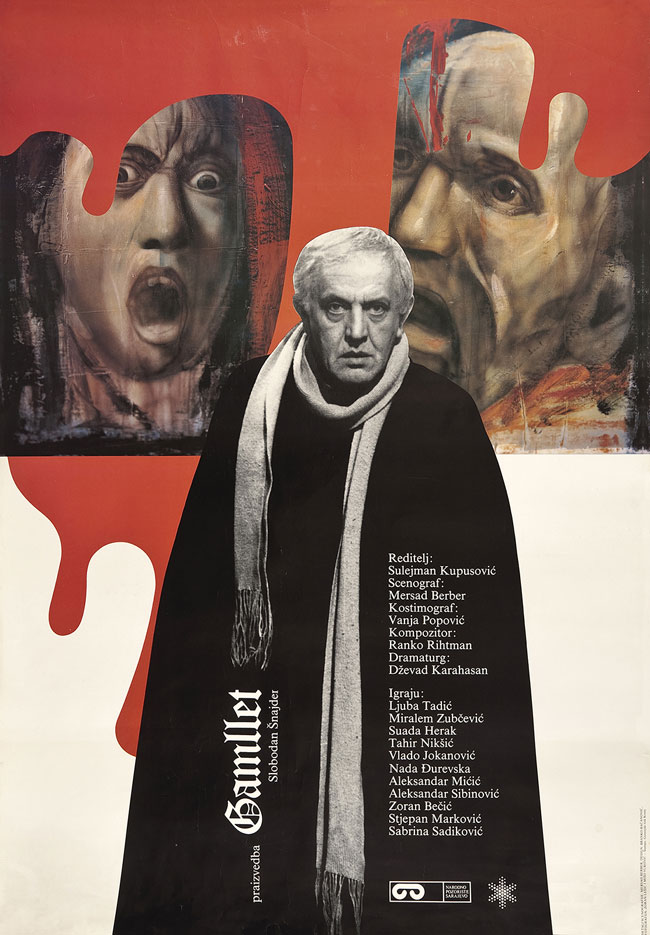MERSAD BERBER – MAGICIAN WITH A PENCIL
Mersad Berber (Bosanski Petrovac 1940 – Zagreb 2012) was one of the most prolific artists of Bosnia and Herzegovina of the second half of the 20th century. In 1963, he graduated from the Academy of Fine Arts in Ljubljana in the class of the professor Maksim Sedej and completed the specialist course in graphic art in 1965 in the class of the professor Riko Debenjak.
His intellectual and interpretative horizons are deeply rooted in Bosnia, its experience of the place of encounters with others and the different (Islam-Orthodox Christianity-Catholicism), and expanded into the field of the metaphysical in which another Bosnia resides – an eternal dream of the land and of Good Bosnians, who always welcome their dear friends, coming from afar, with their arms raised up and wide open. His numerous cycles of paintings and pieces of graphic art (Chronicle of Sarajevo, Tempo Secondo, A Summer Sonnet for Adaleta, etc.) are all dedicated to that Bosnia.
As a man of Bosnia, as an interlocutor who talked on an equal footing – and, through his art, he was in constant dialogue with the world and with different epochs and civilisations, employing his paintings and words of graphic art (wood engravings inspired by the Byzantine art, paying homage to Velazquez, Delacroix, Hellenic culture, and to the un-iconic matrices of the Islamic art), he represented the man of Bosnia, who, by his artistic vocabulary, expressed his great ability to articulate, establish, and offer....
He received numerous awards and recognitions for his work from all over the world – Sao Paolo, Alexandria, Krakow, Moscow, London, and many others – not only nominally, but also because his works are included in many important collections worldwide. Themes, subjects and forms of his art are – for connoisseurs – a precursor to Post-Modernism in contemporary painting.
“Berber has an astonishing skill as a draftsman. Berber draws with a fluency and confidence that has almost entirely disappeared from the art in Western Europe and the United States. His forms have a fullness and solidity few artists can manage now”,
said the famous art critic Edward Lucie Smith about Berber.
Stories, legends, myths – not those of universal nature, but of the local world, of a specific micro-culture are the themes of Branko Ćopić’s poetry for children gathered in the collection Mala moja iz Bosanske Krupe (My Little Girl from Bosanska Krupa), published in 1971 by the Sarajevo daily newspaper and publishing company Oslobođenje. Mersad Berber, who is also a heir of that heritage and micro-culture, enriched this edition with his visual poetics and further extended its layers. Children’s world, playfulness and imagination, their first loves and the first life adventures make an endless register of motives that enabled the intelligent and sensitive artist like Berber to create an out-worldly visual style – at once multi-layered, woven, embroidered and rich – and to turn this collection of poems into a paradigm of a fairy-tale country, turning it into a fairy-tale.


